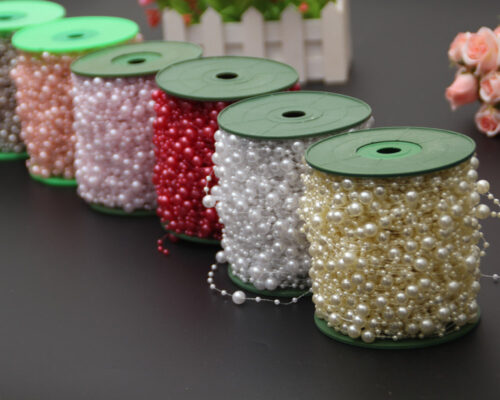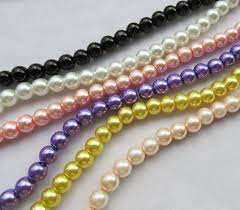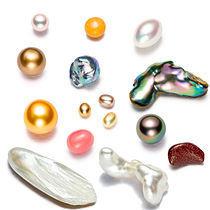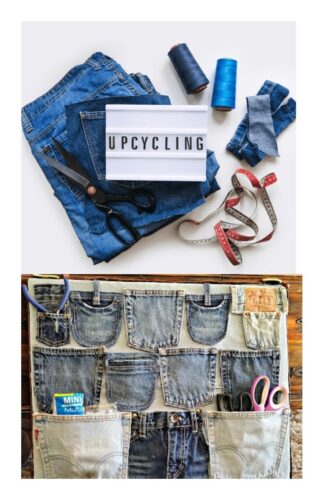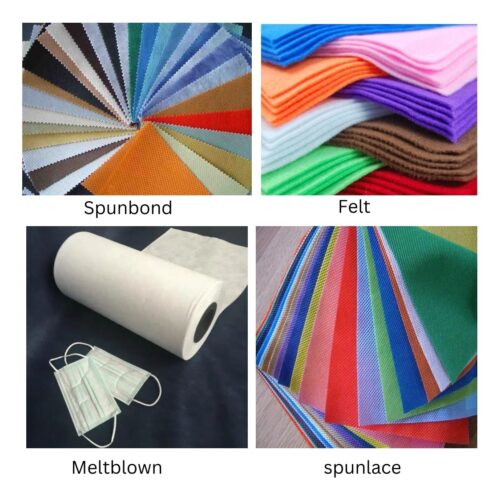A Timeless Beauty-Pearl, yes! Why ? Lets explore…….
An Evergreen Charm or A must have in fashion. Pearls have been a popular fashion accessory for centuries, prized for their lustrous beauty and elegant simplicity. Pearls are unique among gemstones as they are formed within living creatures, either oysters or mussels. The most common types of pearls are Akoya, Tahitian, and South Sea pearls.
Pearls are just not a type of gemstone that beautify human attire and statement. They are real beauty beacuse it is made by a living creature. In our article we tried to gather most of the information.
In this Article we will cover following topics along with beautiful images:
- What is a Pearl
- When Pearls were found?
- What Is Pearl Called In Different Languages And Regions
- How It Is Made
- Variety of Pearls
- Price
- How and Where we Use Pearls
- How do we make pearls able to use?
- Where Do We Use Pearls ?
- Pearl In terms of fashion
What is a Pearl

Pearl is a hard, round object that is produced within the soft tissue of a living shelled mollusk, such as an oyster or clam. It is a valued gemstone that has been used for thousands of years in jewelry and other decorative items. Pearls can be natural or cultured, with the latter being created by intentionally inserting a small bead or piece of tissue into the mollusk. The quality of a pearl is determined by various factors, such as its size, shape, color, luster, and surface quality. Pearls are still considered a symbol of elegance and sophistication today.
When Pearls were found?
Officially the world’s oldest gem, pearls have been revered since long before written history. For this reason, their discovery cannot be attributed to one person in particular, but it is believed that they were first discovered by people searching for food along the seashore. We know that they have been worn as a form of adornment for millennia thanks to a fragment of pearl jewellery found in the sarcophagus of a Persian princess that dates back to 420 BC, which is now on display at the Louvre in Paris.
The exact time when pearls were first found is unknown since natural pearls have been harvested for thousands of years. The earliest recorded use of pearls dates back to ancient China, where they were highly valued and used as offerings to royalty. The ancient Greeks and Romans also held pearls in high regard, using them to adorn clothing and jewelry.
Pearls were also valued in other ancient cultures, including India, Persia, and Egypt. The Persian Gulf was a major source of natural pearls, and pearl trading was an important part of the region’s economy.
The discovery and production of cultured pearls in the early 20th century revolutionized the pearl industry, making pearls more accessible and affordable to a wider range of people. Today, pearls are still highly valued and used in jewelry and decorative items, with a rich history spanning many centuries and cultures.
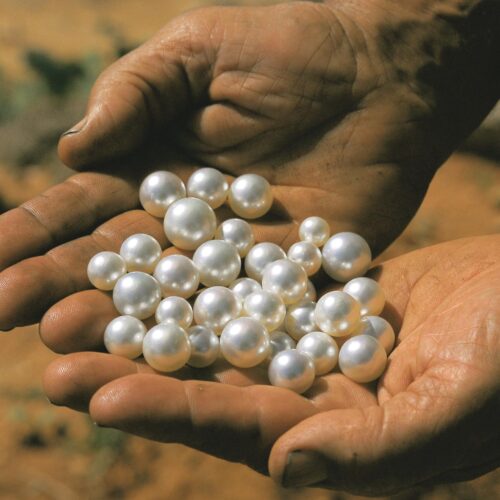
Reference…… The jewelry editor
What Is Pearl Called In Different Languages And Regions
- Spanish: Perla
- French: Perle
- German: Perle
- Italian: Perla
- Portuguese: Pérola
- Dutch: Parel
- Russian: Жемчуг (Zhemchug)
- Japanese: 真珠 (Shinju)
- Chinese (Mandarin): 珍珠 (Zhēnzhū)
- Arabic: لؤلؤة (Luluah)
- Hindi: मोती (Moti)
- Korean: 진주 (Jinju)
- Turkish: İnci
- Greek: Μαργαριτάρι (Margaritári)
- Swedish: Pärla
Please note that these are translations for the word “pearl” in different languages. The term may also refer to other meanings or variations in specific contexts
How It Is Made
Pearls are produced inside certain species of shelled mollusks, such as oysters and clams. When a foreign object, such as a grain of sand or a parasite, enters the mollusk’s soft tissue, the mollusk responds by coating the object with a substance called nacre. Over time, layer upon layer of nacre builds up around the object, creating a pearl.
Natural pearls are produced by this process in the wild, without any human intervention. However, they are rare and expensive.
Cultured pearls are produced using a similar process, but with human intervention. A small bead or piece of tissue, called a nucleus, is inserted into the mollusk’s soft tissue to stimulate the nacre production. The mollusk then forms a pearl around the nucleus, resulting in a cultured pearl. Because of this, pearl has become a metaphor for something rare, fine, admirable and valuable.
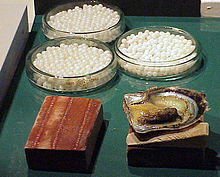
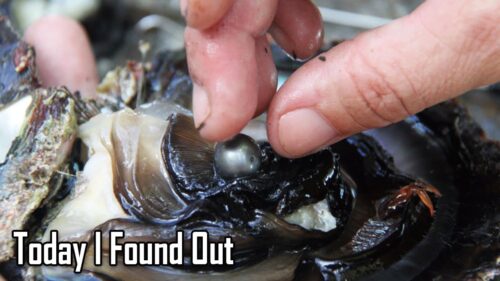

Both natural and cultured pearls are highly valued and used in jewelry and decorative items..
Variety of Pearls
To know about varieties we need to understand the kind that we use as pearl. There are two kind. First and the original kind is Natural pearls and another is Synthetic Pearl.
Natural Pearls
Natural Pearls can be divided into following.
Saltwater Pearls:
Saltwater pearls are cultivated in oceans and seas, known for their exceptional luster and refined appearance. This category includes renowned types like Akoya pearls, which are prized for their round shape and creamy hues, and Tahitian pearls, famous for their dark and iridescent colors. South Sea pearls, cultivated in warm waters, impress with their large size and opulent golden tones.
Freshwater Pearls:
Freshwater pearls are grown in freshwater bodies like lakes and rivers. They offer a wide range of shapes, sizes, and colors, making them versatile and accessible. Biwa pearls, historically associated with Lake Biwa in Japan, have elongated forms. Baroque pearls embrace irregular shapes, while coin pearls resemble flat, disk-like coins.
Natural Pearls:
Natural pearls are incredibly rare and occur spontaneously in nature without human intervention. These pearls form when an irritant enters a mollusk and triggers the secretion of nacre, resulting in the growth of a pearl. Basra pearls from the Arabian Gulf, Ceylon pearls from Sri Lanka, and Persian Gulf pearls are all examples of prized natural pearl varieties.
Cultured Pearls:
Cultured pearls are cultivated with human assistance. A small nucleus or irritant is placed within a mollusk, stimulating the production of nacre and leading to pearl formation. This method allows for controlled pearl cultivation and offers a wide range of pearl types, including Akoya, Tahitian, and South Sea pearls.
Specialty Pearls:
Specialty pearls encompass unique and exceptional varieties. These can include Keshi pearls, which are small pearls formed as byproducts during the cultivation of other pearls. Mabe pearls are cultured pearls with a flat back and a domed front, ideal for jewelry settings. Conch pearls, formed within the queen conch mollusk, boast rare and vibrant colors.
Understanding the different kinds of pearls enables one to appreciate their diversity and choose pearls that align with their preferences. From the classic elegance of saltwater pearls to the versatility of freshwater pearls and the rarity of natural pearls, each kind offers its own magical beauty, allowing pearl enthusiasts to find their perfect gem.
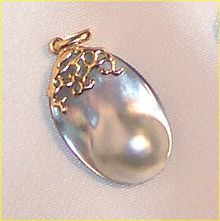

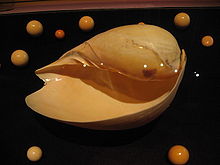
Each type of pearl has its own unique beauty and characteristics, making them a fascinating and versatile gemstone.
Reference…… Wikipedia
Synthetic Pearls
A synthetic pearl is an artificially created imitation of a natural pearl.
Manufacturing process: Synthetic pearls are typically made by coating a small nucleus or bead with a synthetic material and then layering it with a substance called pearl essence. The pearl essence gives the synthetic pearl its luster and iridescence. They are made by using materials like glass, plastic and shell.
Benefits: Synthetic pearls are often more affordable and sustainable than natural pearls. They are also more uniform in shape, size, and color, making them easier to use in jewelry and accessories making.
Drawbacks: Some people may prefer the natural beauty and organic feel of real pearls, and may not consider synthetic pearls to be as valuable or desirable.
Types: There are several types of synthetic pearls, including Glass pearls, Plastic Pearls, and Shell pearls. Each type has its own unique properties and characteristics.

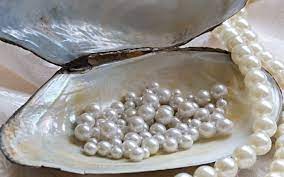
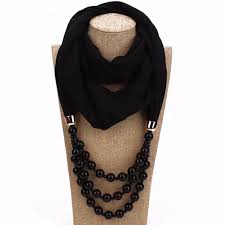
Price
Certainly! Here’s the revised sentence with transition words:
Natural pearls vary in price based on several factors, including size, shape, color, luster, and rarity. Prices can range from hundreds to millions of dollars per pearl. The rarity of natural pearls makes them highly valuable.
Cultured pearl prices vary based on factors like size, shape, color, and quality. They are generally more affordable than natural pearls. Prices can range from a few dollars to several hundred or even thousands of dollars, depending on the characteristics and market demand. Consult reputable jewelers for accurate pricing information.
Synthetic or artificial pearls are typically less expensive than natural or cultured pearls. Prices can vary based on quality, materials, and resemblance to natural pearls. They range from a few dollars to higher prices for higher-quality options. Check with jewelry retailers for specific pricing information.
How and Where we Use Pearls
1.How do we make pearls able to use?
Pearls are already naturally formed gemstones; however, they are ready to use once they are harvested from their host oysters or mussels. Moreover, the pearls may undergo certain treatments to enhance their color, shape, and luster.
One common treatment for pearls is called “bleaching,” which involves the use of chemicals to lighten the pearl’s color. Another treatment is called “dyeing.” This involves soaking the pearls in a solution to change or enhance their color. Pearls can also undergo “buffing” or “polishing” to improve their shine and remove any surface imperfections.
Once the pearls are treated, they can be utilized in an array of jewelry designs, including necklaces, earrings, bracelets, and rings. Additionally, they can also be used to embellish clothing and accessories; for instance, pearl-encrusted handbags and shoes.
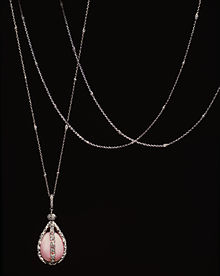
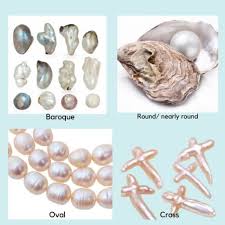

2. Where Do We Use Pearls ?
1. Jewelry: Pearls are primarily used for making jewelry, including necklaces, earrings, bracelets, and rings.
2. Fashion: Fashion such as clothing, shoes, bags, and accessories has a vast use.
3. Cosmetics: Pearls has use in cosmetics and skincare products for their ability to add a lustrous glow to the skin.
4. Medicine: It have been used in traditional medicine for centuries. It is believed to have healing properties for various ailments.
5. Art and Decor: Pearls have beautiful role in art and décor to add a luxurious touch to items such as furniture, sculptures, and paintings.
6. Culinary: The culinary industry as a decorative element in dishes and desserts is using pearls as well.
Overall, pearls are highly valued for their beauty and versatility, making them a popular choice in many industries and fields.
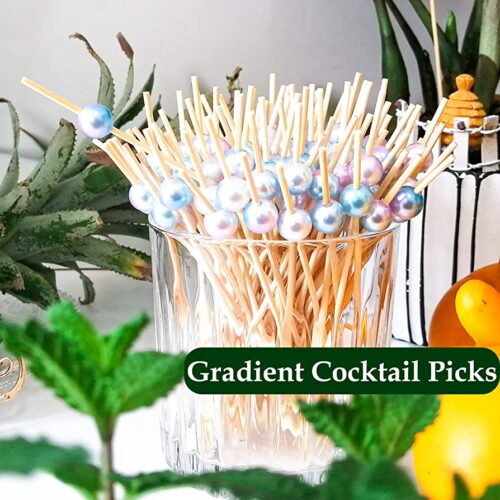

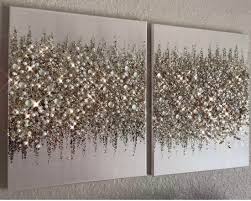
Well, Pearl is vast topic to discuss on as it has a lot of variety; simple to complicated; less to time taking process. And when human involves there mental capability it turns out amazing.
Pearl In terms of fashion
Pearls can be worn in a variety of ways. They can be strung into necklaces, bracelets, and earrings, or used as accents on clothing, handbags, and shoes. Pearls are often associated with classic and elegant styles, but they can also be incorporated into more modern and edgy looks.
Mostly, the type of Pearl used in fashion industry is synthetic or imitate pearl. As we know Real Pearls are expensive so often used in ornaments.
Pearl accessories
Pearl accessories can add a touch of elegance and sophistication to any outfit. Here are some common types of pearl accessories:
Pearl Sarees
Pearl sarees are a type of traditional Indian attire that feature intricate embellishments and delicate pearl work. These sarees are adorned with small pearl beads or sequins, which are meticulously hand-embroidered onto the fabric, creating a stunning and luxurious effect. The pearls……..
Pearl Dresses
Pearls have been a staple of bridal fashion for generations, and many brides choose to wear pearl jewelry on their wedding day. Timeless Beauty-Pearl can add a touch of sophistication and grace to any outfit, whether it’s a simple white t-shirt or a black-tie gown……..
